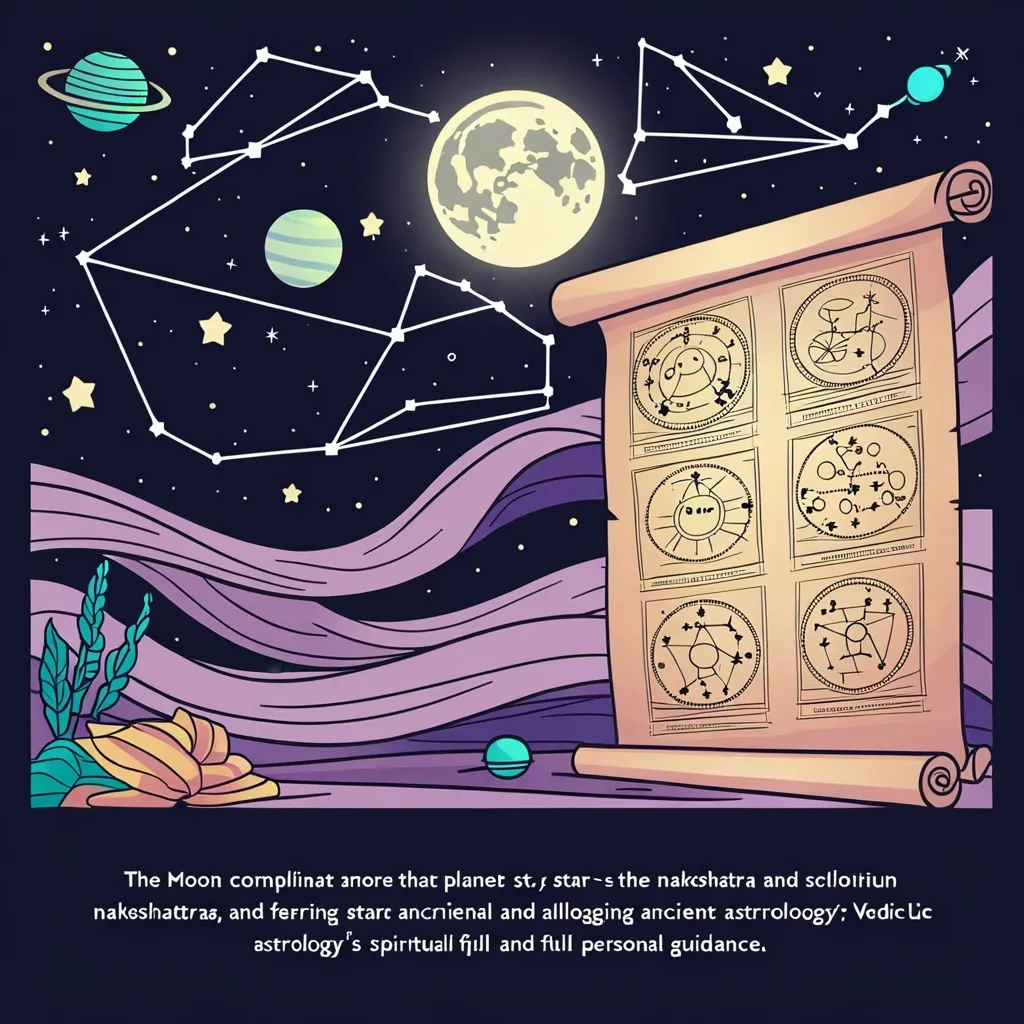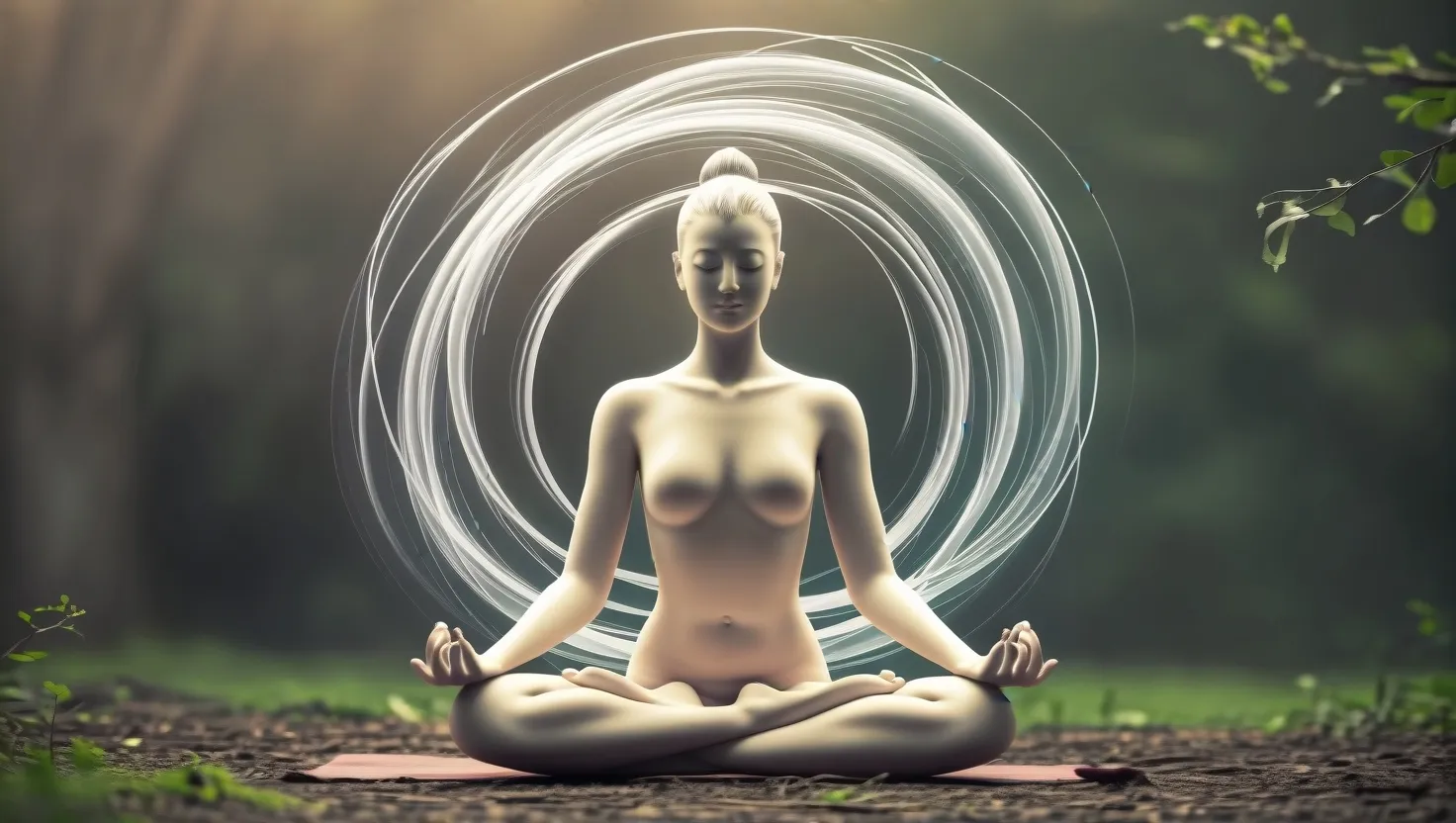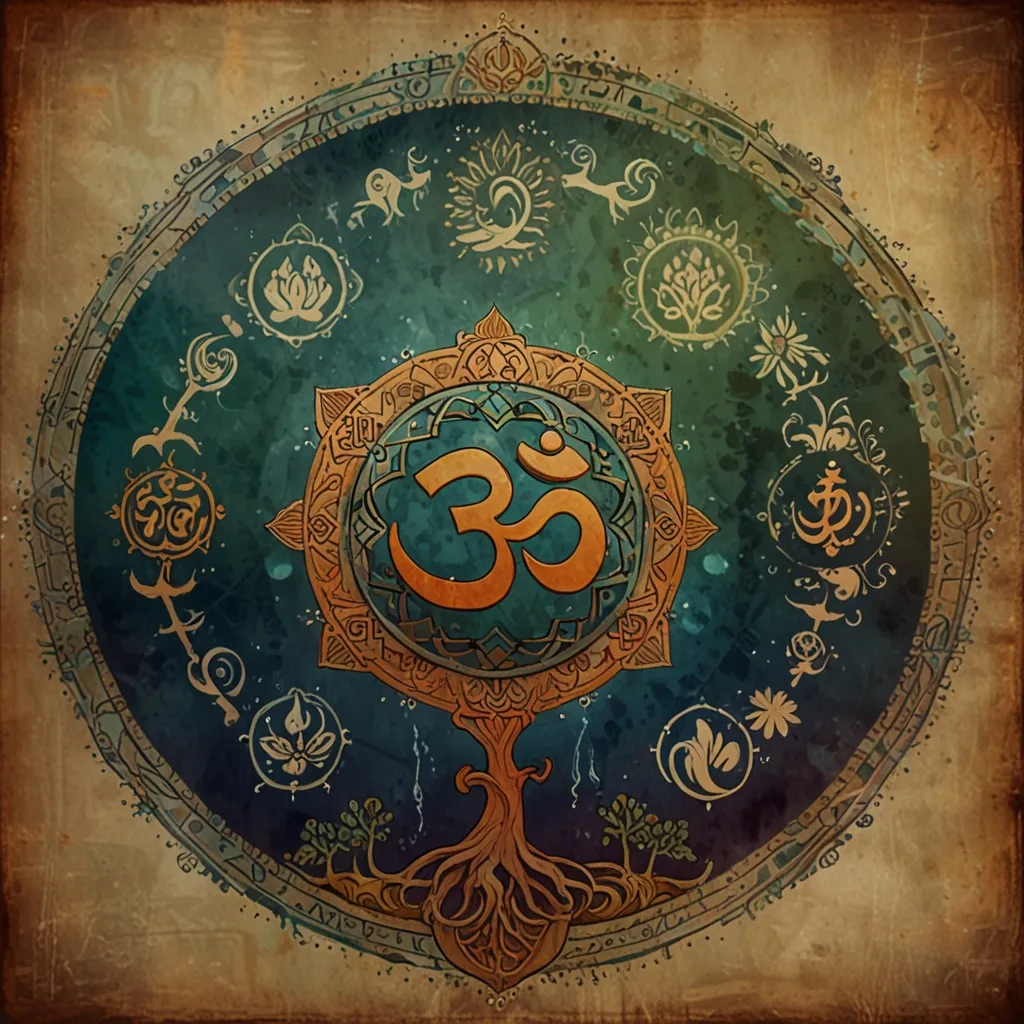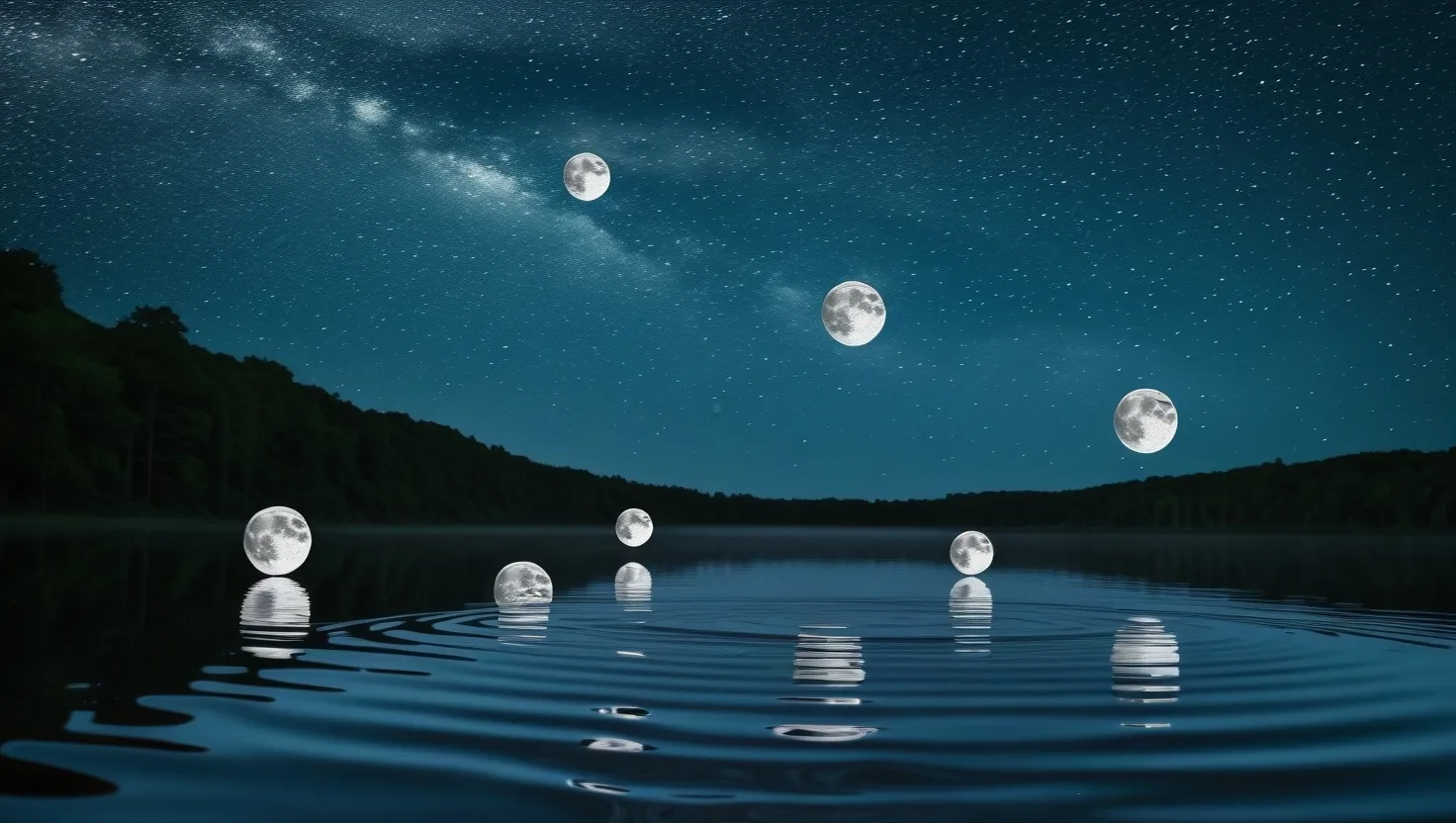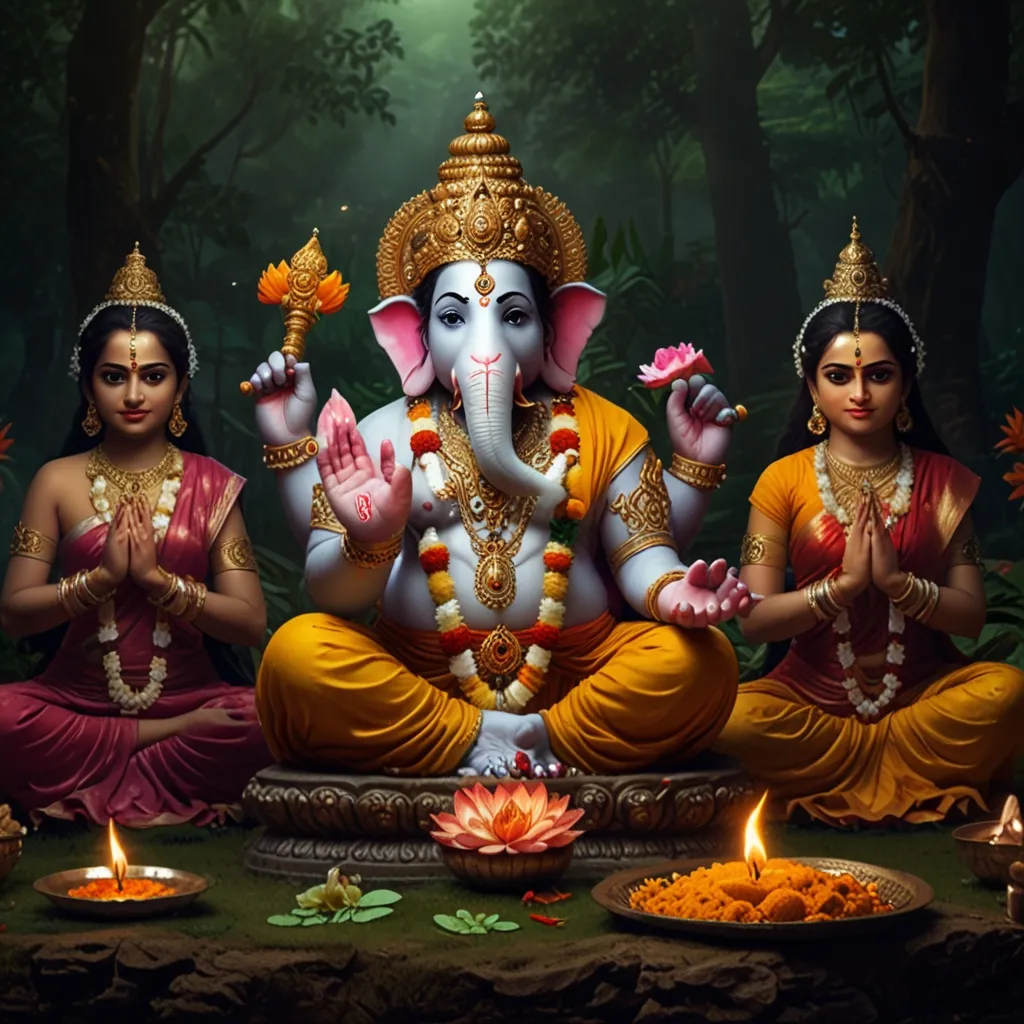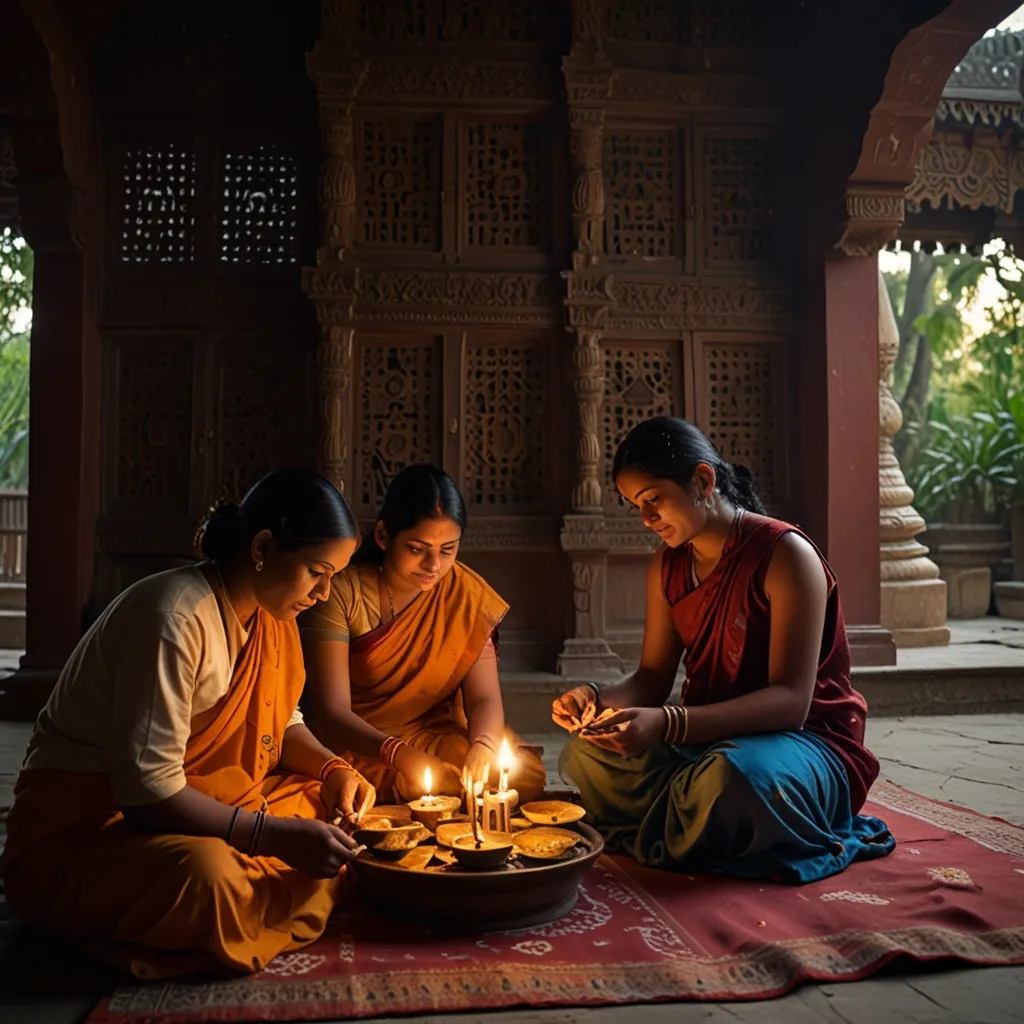Vedic astrology, or Jyotish as it’s called in India, is like the ancient life coach you never knew you needed. Imagine a system that’s been around since around 1500 BCE, with its origins steeped in the sacred Hindu texts known as the Vedas. This isn’t just any system, though; it is one of the oldest, guiding folks through their personalities, destinies, and the funny little quirks life has to offer.
Dive deep into this time-honored practice, and it’s like entering a cosmic telescope showing the path your life might take. The term “Jyotish” itself fantastically translates to “light” and “knowledge,” hinting at its illuminating purpose — enlightening individuals about their life’s journey. It’s essentially the “Eye of the Vedas,” offering insight handed down by ancient sages, ready to help you decode your life’s chapters.
Central to Vedic astrology are those celestial bodies twinkling in the sky — planets, stars, and nakshatras (which are like lunar mansions). Intriguingly, Vedic astrology doesn’t play favorites with the sun sign like its Western cousin. Nope, the moon sign takes the spotlight here. The moon in Vedic astrology is seen as a maestro of sorts, orchestrating how we think, feel, and connect with past life vibes. It’s the go-to for interpreting our emotions and mental states, making one, upon reflection, start giving more thought to moonlit nights.
When it comes to telling what sign you are, Vedic astrology introduces a twist — it works with a sidereal zodiac instead of the tropical zodiac like in Western astrology. This often means signs don’t quite match up with what Western astrology tells us. For instance, you’d think you were a Cancer all your life, but Vedic throws a curveball by telling you you’re a Gemini. The mystical realm of Vedic also includes 27 nakshatras, providing more layers to understanding one’s personality and life events.
There’s also this fascinating aspect called the ascendant or rising sign in Vedic astrology, marking the zodiac sign that was rising in the east when someone was born. This sign is like the cornerstone of one’s birth chart, reflecting how an individual perceives the world and establishes their life. It gives a new perspective, indicating our personality’s outer shell and the first impression we tend to make. And let’s not forget the sun sign, which mirrors identity and ego, taking its place in the constellation of self-awareness.
The math whizzes would love the divide in Vedic astrology into Ganit and Falit Jyotish. Ganit Jyotish plunges us into the arithmetic to nail the precise positions of heavenly bodies. It deals with mind-bending calculations from the creation of the universe right to the very second you’re reading this. Meanwhile, Falit Jyotish comes off as more intuitive, analyzing these celestial positions to predict the unfolding of life’s intricate drama. This involves peeking into different houses of the birth chart, like the ones dedicated to creativity, relationships, or career paths.
Vedic astrology isn’t just elegant theory; it proudly flexes its practical muscles too. In Indian culture, it’s like the secret sauce of matchmaking, with families using birth charts to orchestrate arranged marriages. It’s also cherished for determining the right moments for rituals and celebrations, though predicting global events poses more of a challenge.
Mapping out paths to success? Vedic astrology is all over it. It dives into birth charts like they’re treasure maps, highlighting natural strengths, vulnerabilities, and potentials for hitting those big life wins. It examines various aspects of life — financial wellness, communication prowess, or potential achievements — spotlighting pivotal points to focus on.
At its core, Vedic astrology integrates smoothly with the spiritual ideas of karma and reincarnation. The planets’ positions when you were born are seen as a reflection of your past actions, shaping the life journey you need to undertake now. Through your birth chart, understanding one’s karmic calling becomes manageable in navigating life’s rollercoaster.
Even though Vedic astrology is as old as time, it’s not about cobwebs and dusty scrolls. Modern practitioners have ushered it into the digital age, using fancy tech to calculate and interpret birth charts more accurately. Astrologers today adopt a holistic mode of practice, inspiring self-reflection while doling out advice, finely attuned to individuals from all backgrounds with understanding and empathy.
What keeps Vedic astrology highly sought after is its personalized offerings. Each chart reading uncovers layers of insights unique to the individual, offering them tailored recommendations to navigate hurdles or grab opportunities. Discussions with astrologers transform into an enlightening journey, shedding light on the birth chart, divisional charts, and planetary positions that align with practical life advice.
What makes it even more fascinating are the spiritual ideas embedded within, like dharma (duty), artha (prosperity), kama (desire), and moksha (liberation). Together, they form a roadmap of life where desires and responsibilities intertwine initially, transitioning to more reflective pursuits like liberation later in life. Each stage of life is addressed, helping one embrace duty in adulthood or seek higher truths as age bestows wisdom.
In sum, Vedic astrology isn’t merely an ancient practice; it’s a robust, insightful tool for peering into the kaleidoscope of life. It carves out a path to personal insight and spiritual enrichment by marking where celestial bodies hold sway over human existence. Whether you’re curious about personal growth, seeking career guidance, or yearning for a deeper spiritual understanding, Vedic astrology stands as a portal to the cosmos and life’s grander tapestry, helping to root purpose and clarity in an ever-turning universe.
